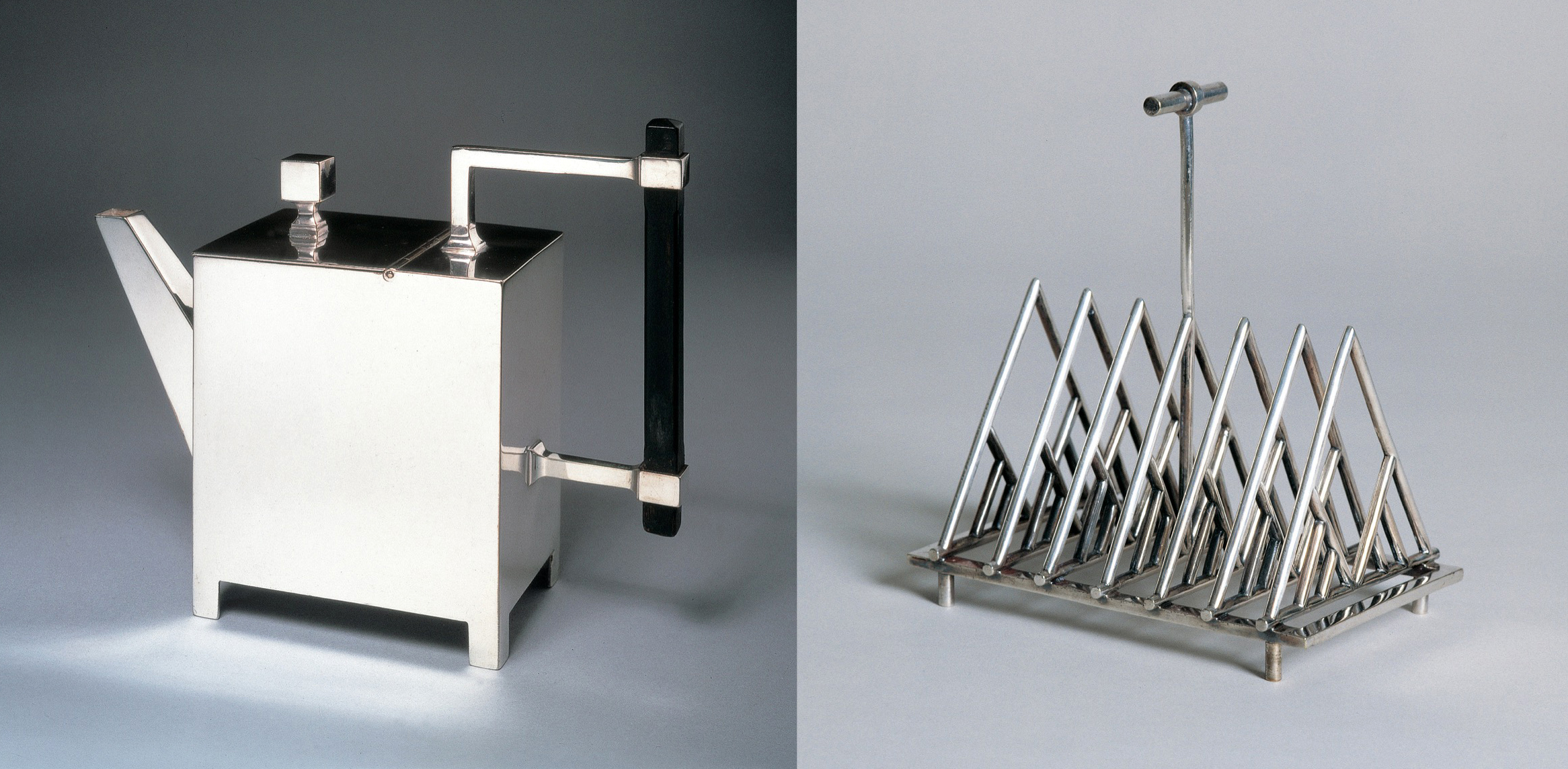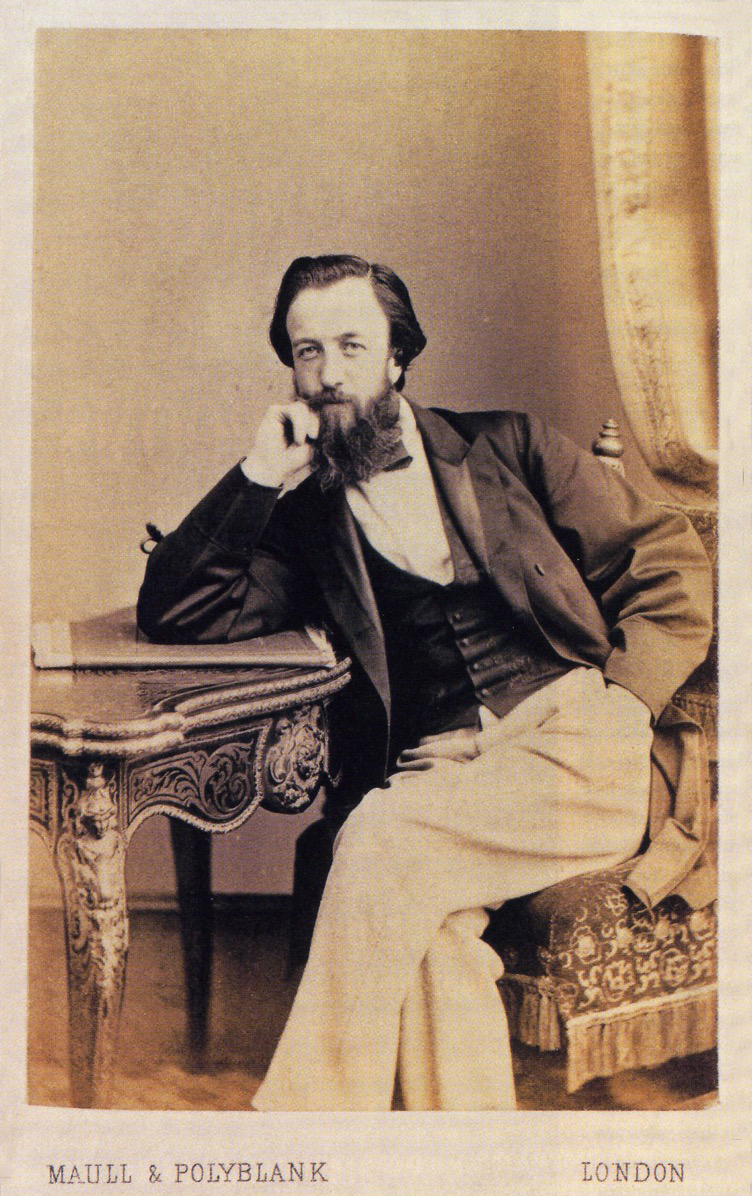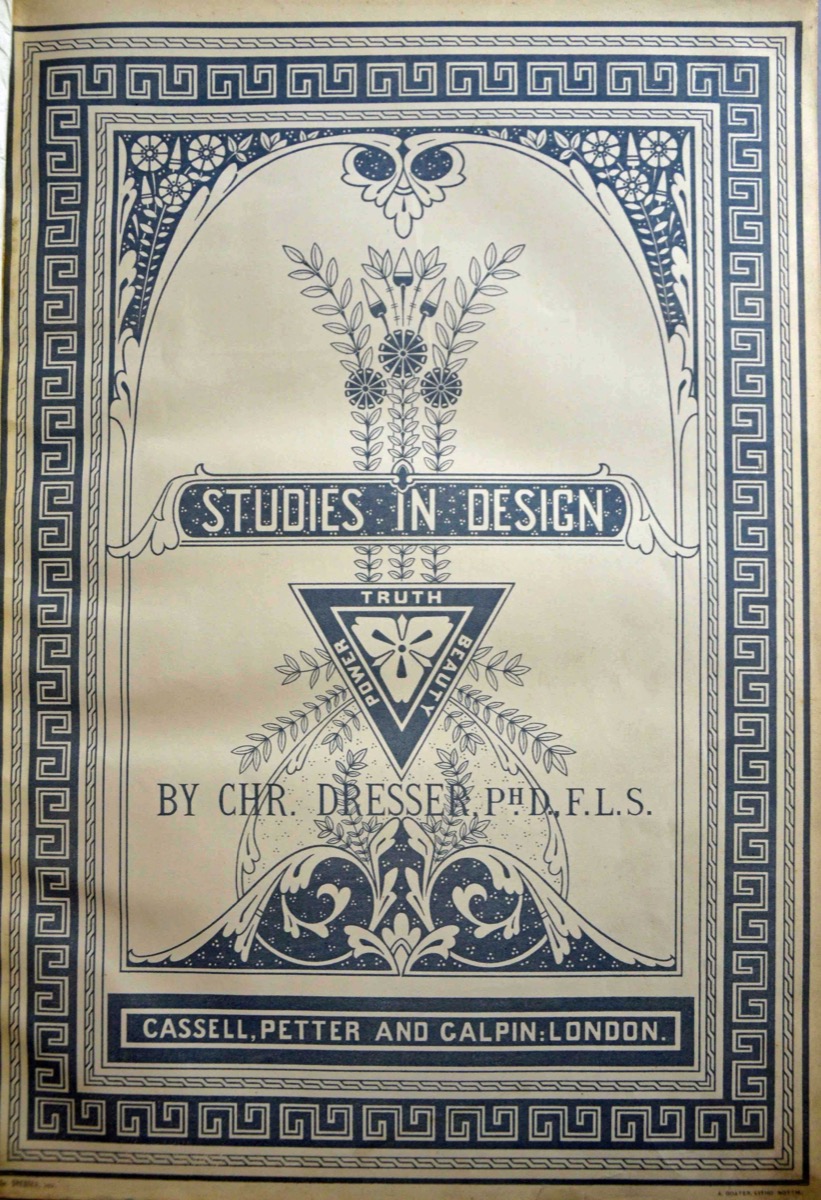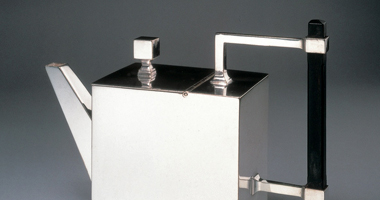
LONDON – In 1899, Christopher Dresser was hailed in the pages of The Studio – the bible of Victorian and Edwardian craftsmen artists – as “perhaps the greatest of commercial designers, imposing his fantasy and invention upon the ordinary output of British industry.”
He was ahead of his time. When Britain was at its zenith during the Victorian period, good taste and design were forfeited for the sake of innovation and mass-production.
For example, it has been estimated that in the six decades of Queen Victoria’s reign, more furniture was produced than in all the previous centuries put together.
Aesthetic judgment became subservient to efficient manufacture, with the result that design took on a new conservatism.
The manufacturer had no reason to go to the expense of commissioning new designs while his market remained aesthetically uncommitted.
Dresser turned that on its head, using mass-production methods to make the simplest of domestic objects with a high degree of sophistication in what was the first hint at modernism and functionalism.

He could turn his hand to designing almost anything for the home from wallpaper to toast racks. Even cast-iron garden chairs and hat stands can be found with the Dresser touch of distinction.
The son of a tax collector, Dresser was born in Glasgow but moved to London in 1847, having won a scholarship at the early age of 13 to attend the Government School of Design at Somerset House.
He was part of a system of art education set up to train designers for industry, and studied both design and botany, winning numerous medals and prizes.
He subsequently gained a doctorate at the University of Jena in Thuringia, Germany, and at 18, he became a lecturer in botany at the Department of Science and Art in South Kensington.
In 1854, he married Thirza Perry of Madeley, Shropshire, whose father was a missionary with the City of London Mission. The couple had 13 children.
These early years were his most formative, and it was then that he came under the influence of another designer, Owen Jones (1809-1874), publisher of the important manual Grammar of Ornament.
This compendium of historic ornament, published in 1856, contained 37 “Propositions” – rules of design that were to remain a guiding factor for Dresser throughout his career.
Dresser published his own design book, The Art of Decorative Design, in 1862, and in 1867 he visited Japan as official representative of the British government, exchanging the best examples of European design for their Japanese equivalents.

At the same time he also collected Japanese works of art on behalf of Tiffany’s in New York. He published a lengthy account of his visit in 1882 under the titled Japan, its Architecture, Art and Art Manufacturers and clearly, his visit was a huge influence on his style.
In 1879, he formed a partnership with Charles Holmes of Bradford to import oriental wares to England and the pair opened a shop in a short-lived venture selling Japanese goods. The experience added yet another dimension to Dresser’s designs.

At the same time, Dresser was working extensively as a freelance designer for Minton and Wedgwood in the Staffordshire Potteries and designing carpets for Brinton and Lewis.
In 1879, he initiated the founding of the Linthorpe Art Pottery, acting as art superintendent for the Middlesbrough-based firm owned by businessman John Harrison. Dresser designed most of the ceramics produced there and they bear his impressed facsimile signature.
His association with the company ceased in 1882, although production of his designs continued until its collapse in 1889. As a result, examples Linthorpe pottery designed by Dresser are scarce today after just 10 years of production and consequently change hands for large sums.
Bretby, another minor pottery to benefit from the Dresser influence was that run by William Ault at Swadlincote, near Burton-on-Trent, Staffordshire.
Between 1892 and 1896, Dresser designed a number of fantasy vases with long necks, gourd shapes and goat’s head handles. Production continued after Dresser’s death in 1904, but examples are still rare.
By now Dresser had established a studio for design work in all media, working from 1882 in Sutton, Surrey, and from 1889 in Barnes in London.
From about 1885 onward, he produced designs for Clutha Glass, manufactured by James Couper and Sons in Glasgow. The flowing bubbled and streaked glass is acid etched with the words “Clutha designed by C.D. registered.” Clutha is an old Scottish word meaning “cloudy.”
The important Coalbrookdale ironworks at Madeley, the Shropshire birthplace of Dresser’s wife, probably had the benefit of his designs from as early as 1871 when a table and hat stand was shown in the London International Exhibition.
Production of a wide range of Dresser ironwork designs continued for many years, much to the delight of today’s collectors looking for classy garden furniture.
His metalwork designs are perhaps his most revolutionary and well ahead of their time. Hukin and Heath made several different types of elegant claret and water jugs, cruets, teapots and other tableware, as did Sheffield firm James Dixon and Sons and Birmingham-based Elkington and Co.
At the height of his career, Dresser employed 20 or more studio assistants, including J. Moyr Smith and Archibald Knox, who were subsequently to become important designers in their own right, going on to play major roles in shaping design in the Arts and Crafts Movement.
Today, anything Dresser-related is highly sought after.
On July 16, Surrey auctioneers Ewbank’s will sell a first edition copy of Christopher Dresser’s book, Studies in Design, published in 1874. It is notable for its illustrations that, in his own words, Dresser intended to “help the decorator and to enable those who live in decorated houses to judge … the merit of the ornament around them.”

Interestingly, the book can be found in full online on various websites and makes fascinating reading, but that fails to deliver the impact of the wonderfully colored lithographic plates contained in the hard copy, some of which are illustrated here.
A timeless classic, it is estimated at £300-£500. Today’s interior designers could learn much from the master.
By CHRISTOPHER PROUDLOVE



